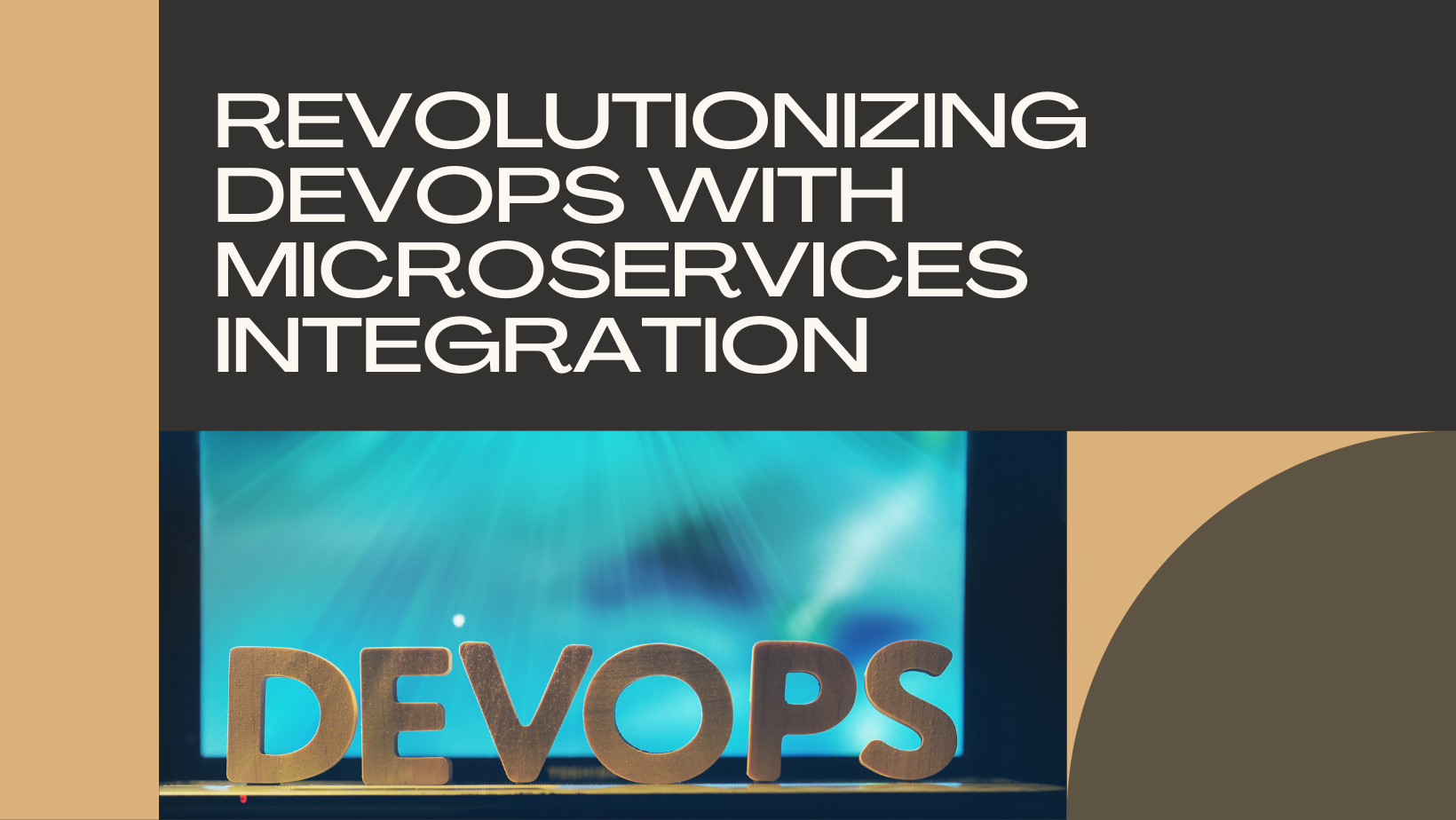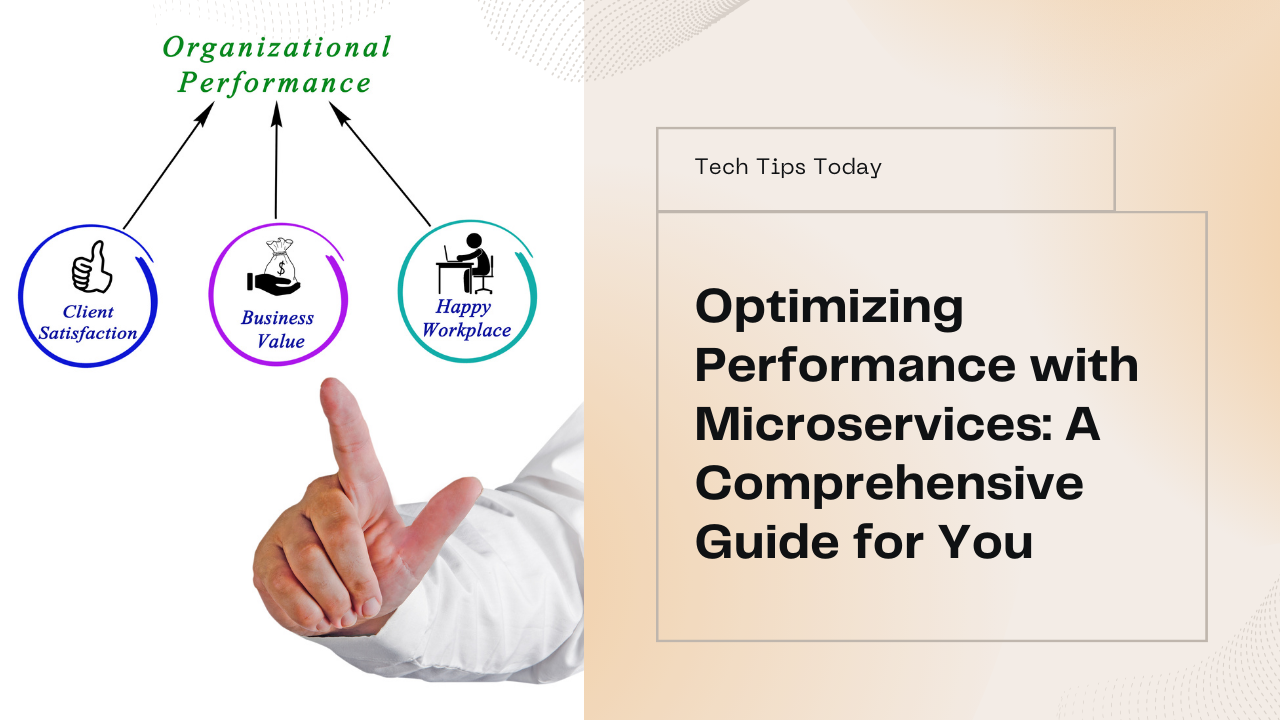In the realm of software development and operations (DevOps), the adoption of microservices architecture has revolutionized how teams build, deploy, and maintain applications. This blog explores the pivotal role of microservices in DevOps practices, examining their benefits, challenges, best practices, and real-world applications.
Understanding Microservices in DevOps
Microservices architecture is a software development approach where an application is broken down into smaller, independent services. Each service focuses on a specific business capability and operates independently, communicating with other services through well-defined APIs. In the context of DevOps, microservices facilitate a streamlined approach to continuous integration, continuous delivery (CI/CD), and automated deployment.
Key Characteristics of Microservices in DevOps:
- Modularity: Services are developed and deployed independently, allowing teams to work on different parts of the application simultaneously.
- Scalability: Individual services can be scaled horizontally based on demand, optimizing resource usage and improving performance.
- Flexibility: Services can use different programming languages, databases, and frameworks, enabling technological diversity within an application.
- Resilience: Failures in one service do not affect the entire application, enhancing fault tolerance and system reliability.
Benefits of Microservices in DevOps
1. Faster Time-to-Market:
Microservices enable teams to release updates more frequently and efficiently. Since services are independent, changes can be deployed without affecting the entire application, reducing deployment bottlenecks.
2. Improved Scalability:
Scalability is a core benefit of microservices. Each service can be scaled independently based on its specific resource requirements and load patterns, allowing applications to handle fluctuating workloads more effectively.
3. Enhanced Fault Isolation:
Isolating services ensures that failures are contained within specific components, minimizing the impact on the overall system. This isolation improves resilience and simplifies debugging and maintenance.
4. Optimized Resource Utilization:
Microservices allow for efficient resource allocation. Services can be deployed on different infrastructure configurations (e.g., containers, serverless), optimizing resource utilization and reducing costs.
5. Increased Developer Productivity:
DevOps teams can work on smaller, manageable codebases, leading to faster development cycles and easier troubleshooting. This modular approach also promotes innovation and experimentation.
Best Practices for Implementing Microservices in DevOps
1. Design Services Around Business Capabilities:
Align each microservice with specific business functions or capabilities. This approach ensures that services are cohesive and focused, simplifying development and maintenance.
2. Automate Testing and Deployment:
Implement CI/CD pipelines to automate testing, integration, and deployment processes. Automation reduces manual errors, speeds up release cycles, and enhances overall software quality.
3. Monitor and Log Services Effectively:
Utilize monitoring tools to track performance metrics, resource usage, and service health. Comprehensive logging helps diagnose issues quickly and ensures visibility across distributed components.
4. Implement Service Mesh for Communication:
Service mesh frameworks (e.g., Istio, Linkerd) provide features like load balancing, service discovery, and encryption, enhancing communication reliability and security between microservices.
5. Ensure Data Consistency and Availability:
Use distributed data management patterns (e.g., event sourcing, CQRS) to maintain data consistency across microservices. Implement caching strategies and asynchronous communication to improve data availability and performance.
Real-World Examples of Microservices in DevOps
1. Netflix:
Netflix migrated from a monolithic architecture to microservices to support its global streaming platform. Each microservice handles specific functions (e.g., user management, content delivery), enabling Netflix to scale, innovate, and deliver personalized user experiences efficiently.
2. Amazon:
Amazon’s e-commerce platform relies on microservices to manage diverse functionalities such as product catalog, payment processing, and order fulfillment. Microservices enable Amazon to handle millions of transactions daily while maintaining high availability and performance.
3. Uber:
Uber adopted microservices to support its ride-sharing platform, encompassing services for ride matching, pricing, real-time tracking, and driver-partner management. Microservices architecture allows Uber to scale dynamically, handle peak loads, and enhance service reliability.
Challenges and Considerations
1. Increased Complexity:
Managing a large number of microservices introduces operational complexity. DevOps teams must invest in robust monitoring, automation, and management tools to mitigate complexity and ensure system stability.
2. Service Orchestration:
Orchestration tools (e.g., Kubernetes, Docker Swarm) are essential for deploying and managing microservices at scale. Organizations need expertise in containerization and orchestration to optimize resource allocation and ensure service availability.
3. Security and Compliance:
Securing microservices involves implementing authentication, authorization, and encryption mechanisms. DevOps teams must adhere to security best practices and regulatory requirements to protect sensitive data and ensure compliance.
Conclusion
Microservices architecture plays a pivotal role in modern DevOps practices, enabling organizations to achieve agility, scalability, and resilience in software development and deployment. By adopting microservices, businesses can accelerate innovation, improve operational efficiency, and deliver superior user experiences. However, successful implementation requires careful planning, adherence to best practices, and leveraging appropriate tools and technologies.
At Sodio Technologies, we specialize in designing and implementing microservices architectures tailored to your business needs. Our expertise in DevOps ensures that you can harness the full potential of microservices to drive digital transformation and achieve competitive advantage. Contact us today to explore how microservices can revolutionize your software development and operations, paving the way for sustainable growth and success in the digital era.
Embrace microservices in your DevOps journey to unlock new possibilities and elevate your organization’s capabilities in today’s dynamic and competitive landscape. Stay ahead by leveraging the power of microservices architecture with Sodio Technologies as your trusted partner.







